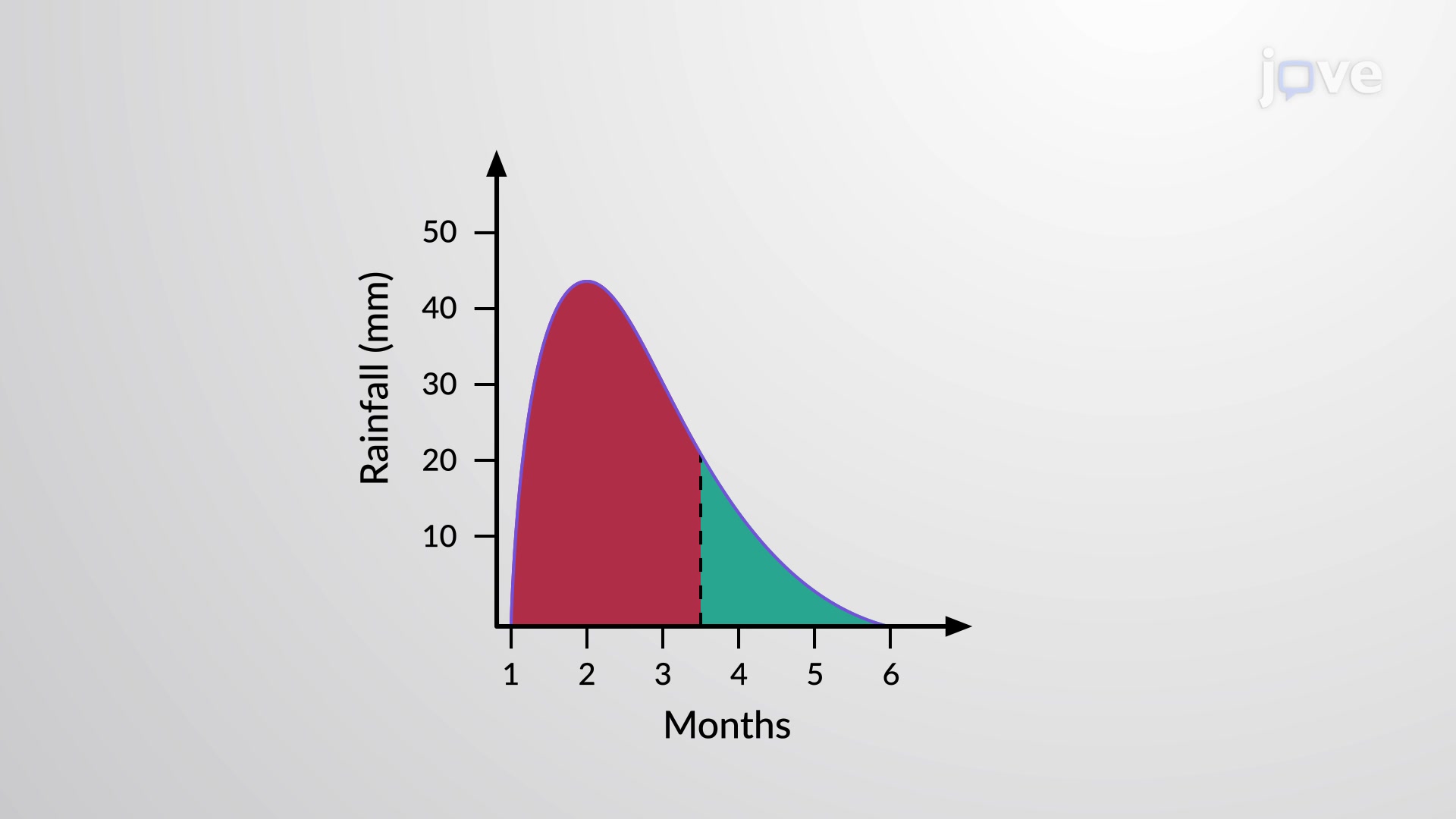Chapter 3
Measure of Central Tendency

Descriptive statistics describe or summarize relevant characteristics of a sample and aid in the analysis of data of interest. When analyzing large…

The arithmetic mean is the most commonly used measure of the central tendency of a data set. It is defined as the sum of all the elements…

The arithmetic mean is usually skewed towards the larger values in the data set. Therefore, to avoid this inherent bias towards smaller values, the…

While measuring the mean of a data set, care needs to be taken when associating the mean to its central tendency. The same goes for the arithmetic…

If in an experiment, data values have a probability of being both positive and negative, neither the arithmetic mean, the geometric mean, nor the…

Sometimes, data gathered from an experiment on a large sample or population are organized into concise tables. In such cases, the frequency of the…

Besides mean, the median is a widely used measure of central tendency. Typically, median is defined as the central or middle value of a data set,…

A somewhat easy to compute quantitative estimate of a data set’s central tendency is its midrange, which is defined as the mean of the minimum…

As many scholars and practitioners study personalization and relationship marketing, it is important to provide personalization such as mass…

Here we detail the design, fabrication, and use of a microfluidic device to evaluate the deformability of a large number of individual cells in an…








